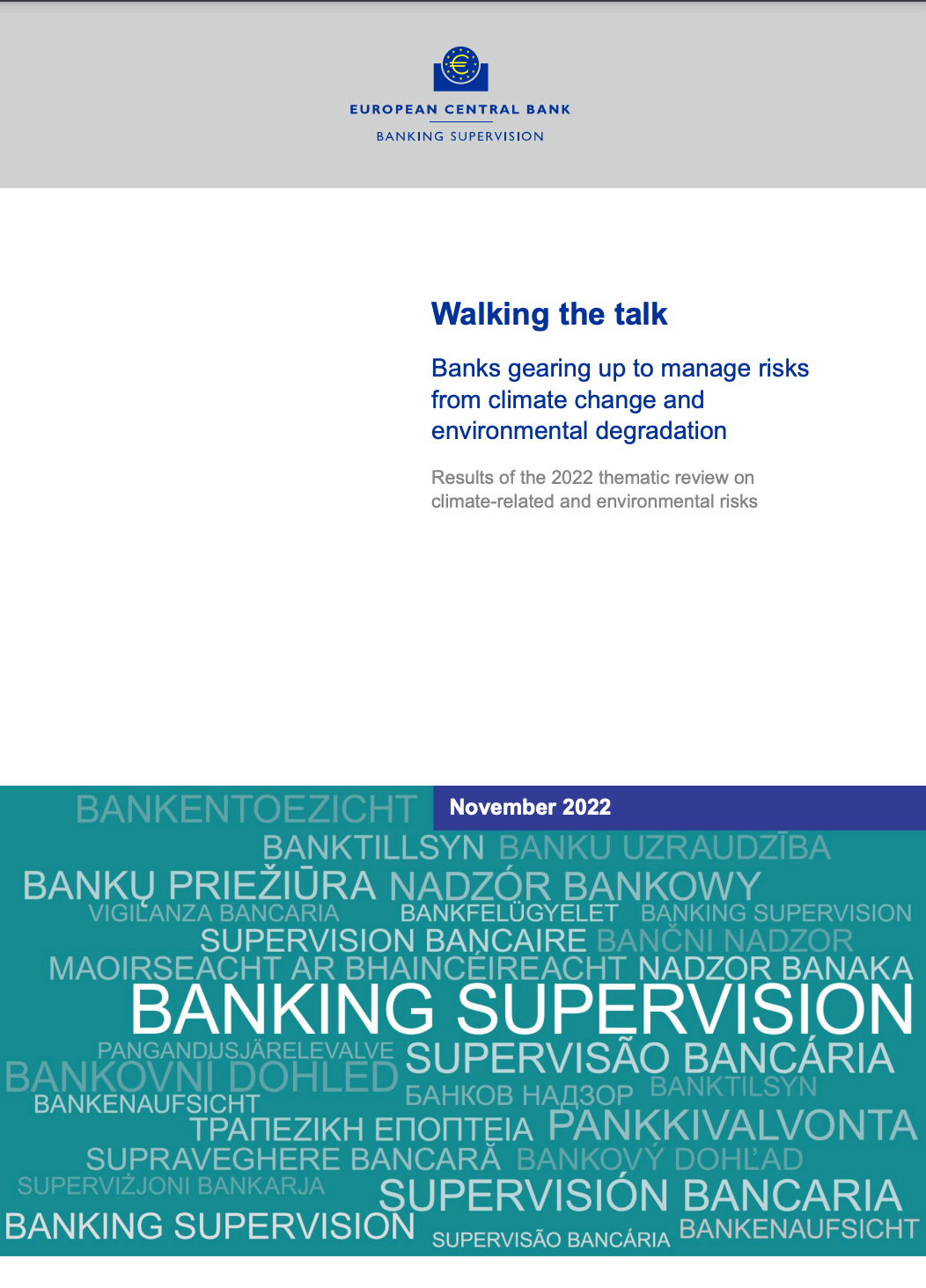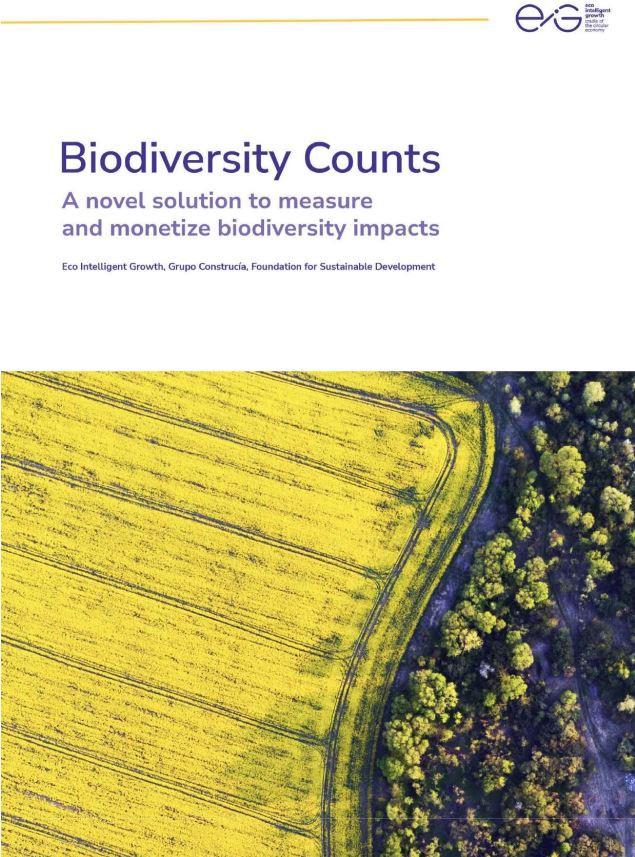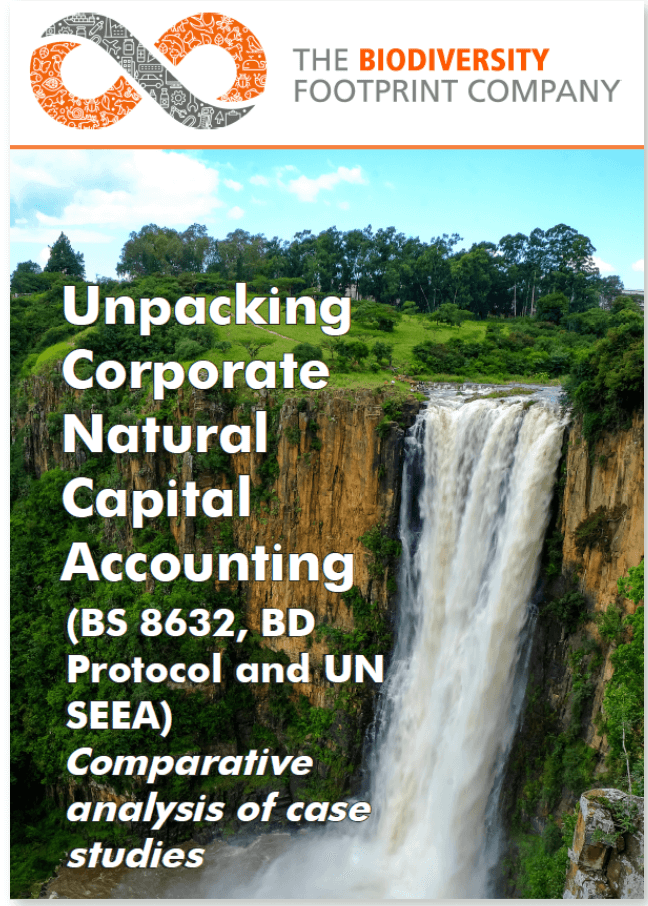Unpacking corporate natural capital accounting (BS 8632, BD Protocol & UN SEEA): comparative analysis of case studies
Detalles
| A working definition of corporate natural capital accounting (CNCA) has recently been proposed: "the systematic process of identifying, measuring, recording, summarizing, and reporting periodic and cumulative net changes in (a) the biophysical state of natural capital assets and (b) the associated values of natural capital for companies and society at large," along with several accounting principles and building blocks. In particular, it places the viability of natural capital assets at the heart of the corporate accounting process. The CNCA is based on three main methods: The Protocol on Biological Diversity (BD Protocol), the British Standard 8632:2021 Natural Capital Accounting for Organizations (BS 8632) and the United Nations System of Environmental-Economic Accounting – Ecosystem Accounting (SEEA EA). This paper presents a comparative analysis of publicly available case studies, based on these CNCA-related methods and focusing on ecosystem accounting. Its aim is to show the main synergies and differences, highlight the main constraints and make recommendations for further standardisation. To do this, 8 criteria of the CNCA working definition are used: (1) register of ecosystem assets, (2) measuring the extent of ecosystems, (3) measurement of the condition/integrity of ecosystems, (4) principle of ecological equivalence, (5) recording rules based on double-entry accounting, (6) biophysical statements of ecosystem-specific position and performance, (7) valuation perspective and methodology, and (8) Organizational and value chain boundaries. Neither the case studies nor the methods related to CNCA cover all dimensions of the operational definition of CNCA. While this comparative analysis shows a broad alignment between case studies using the SEEA EA and BS8632, significant differences were found with the one using the BD Protocol. The comparative analysis shows how different purposes condition the standards, principles and measurement/valuation techniques underlying each case study and associated method related to CNCA. Differences in the application of criteria 1, 4 and 5 appear to be the main causes of the divergences. To conclude, the recommendations to fill the gaps between the methods related to the CNCA are organized into two main themes: (a) the need for complete accounts of the state of ecosystems in the context of the Global Biodiversity Framework (GBF); and (b) the need for segregated land-use accounts with a clear distinction between financial and non-financial values. |
Recursos relacionados
Nature-related risk reporting for investors. A case study of the aquaculture sector
This study shows that it is already possible for companies in the aquaculture sector to report on factors that could…

2022
Walking the talk. Banks gearing up to manage risks from climate change and environmental degradation
La publicación el resultado de la autoevaluación realizada por de 186 bancos europeos con activos totales combinados por valor de…

Biodiversity Counts: A novel solution to measure and monetize biodiversity impacts
This report introduces a methodology to quantify biodiversity impacts in monetary terms and enables companies, policymakers and investors to address…


